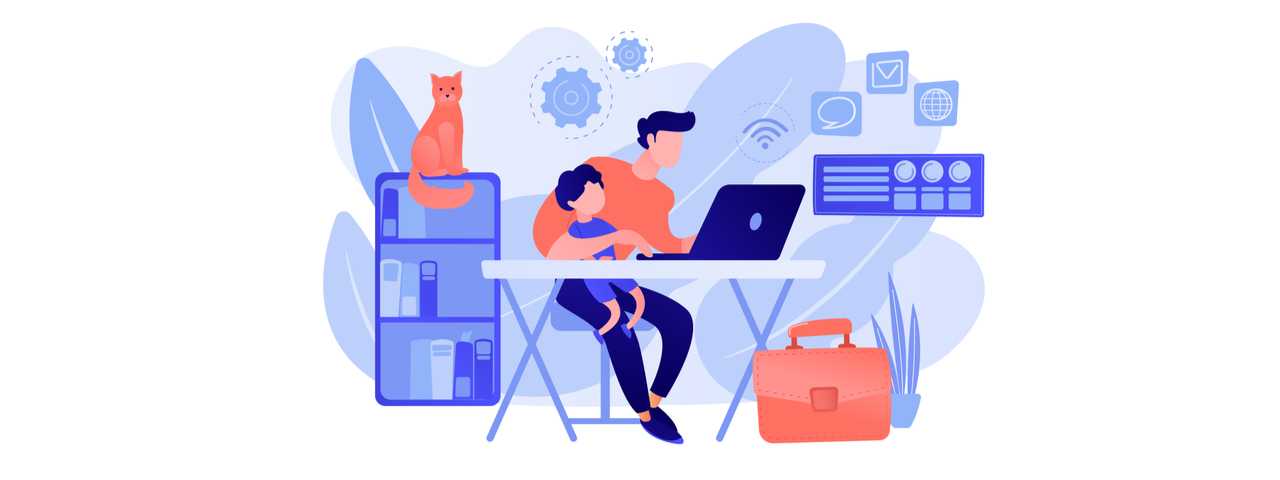
ZL’s team has a wide variety of perspectives on information governance, brought on by different roles, experiences, and knowledge. For this post, I interviewed account manager Martin Fedun about migration speedbumps and ZL’s new FAM solution.
Tell me a little about yourself.
I’ve been at ZL for three years now. My first two years I worked in the project management organization and focused mostly on deployments and migrations, a couple of upgrades, maybe a POC or two, managing the project that is getting our software installed and usable in an enterprise.
When working on migrations, were there any common issues you saw that you think could have been addressed beforehand?
I think there’s a couple of tricky things, speaking to the middle-of-the-road sized company, maybe a thousand end users to 20 thousand end users, that kind of size. There’s a couple of things that area really important for being successful, either in a deployment or a migration.
The first is making sure that your people and your business units are clear on whose responsibilities are whose. This starts with making sure there’s a really clear responsibility and scope between what ZL does for a customer when they purchase ZL and what the customer has to do to make those things work. Internally, within the customer’s business, they need to make sure there’s really clear channels of communication between the business units that are driving – and I say business units because there’s generally more than one when we do a deployment – the business units that are driving the purchase and installation of the software, and the IT department that’s carrying it out, and making sure that there’s good communication between those business units and that IT department.
The customer has a project manager, whether that be someone with a traditional project management background, or someone who’s from the IT department or one of the business groups, who’s responsible for setting up that communication internally and making sure it falls in line with the SOW that we develop, that delineates the project’s scope. And right at the beginning is the first way to be successful, kind of when you’re starting a solution. When you’ve picked a solution and you’re setting it up, the biggest difference is to set up that project in a way that makes sense.
That exercise of taking the time working through what the responsibilities and roles do reshapes both our expectations here at ZL and the customer’s expectations about what’s required and what’s necessary. And you’ll see that the scope will shift, but if that happens early on then what happens is we get an SOW that’s more in line with what needs to happen and that are in line with the customer’s priorities.
What IG needs are becoming more important now than when you started?
I like that question because it’s so hot right now, and I’m sure that you’ve talked about this with some other folks. The big push right now seems to be for file data as opposed to – email data just seems more mature. Anyone we talk to who approaches us about file data also is looking for a unified approach. I was just talking to a customer yesterday, and the approach is, “hey, we’ve got this file problem.” And the file problem is different from the file problem of ten years ago, because the file problem today is, “hey, we’ve got some files out there, some of them might be important, but the vast majority are not important, and we’d like a way to establish which aren’t important and could you please delete them? I don’t want to copy them, I want them to go away.” Most of it’s ROT. And so that’s the primary problem.
When I started here just three years ago, the focus was on “archive everything.” We do archiving. And now companies seem to have shifted and are saying “we want to archive but we want to be very selective about what we archive, and we want to get rid of stuff that is risky.”
What do you find exciting about ZL’s solution development right now?
We just touched on it, so it’s not as fun to answer, but we’re doing a lot of in-place file management work and I think that’s very exciting. One of the best things about our unified approach is that I’ve gotten to be here and watch how we’re able to adapt to changing market needs without creating a new product. What we do is create a new avenue into the same product that’s existed since 1999. We’ve got a product that captures data, it indexes that data, it makes that data available for search and remediation action however the user wants, and then what we get to do is we get to build viewpoints or access points into that data that meet the changing needs of enterprises.
So initially the focus was compliance for banks, and then we grew into legal eDiscovery for anyone in a litigious industry, and then we grew into records management, which allows us to do a little bit more manual configuration of records and flagging, and now most recently we’ve come into file analysis and doing on-the-fly, on file share management of file data. That’s what’s exciting to me, that we can just have our ear to the ground and be able to build a new window into the data that we have and into the engine that we have.


